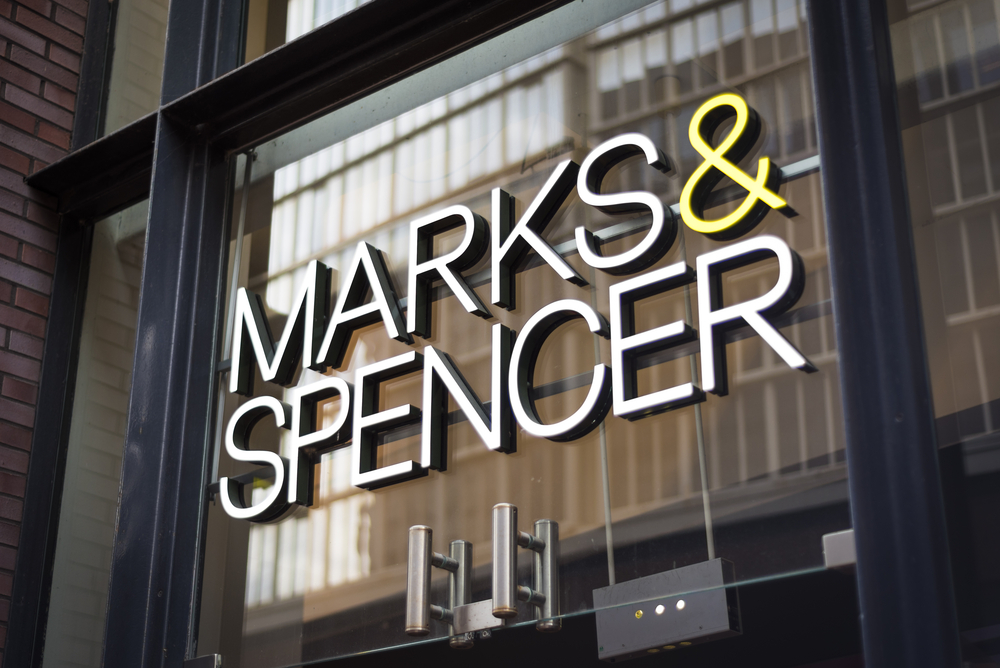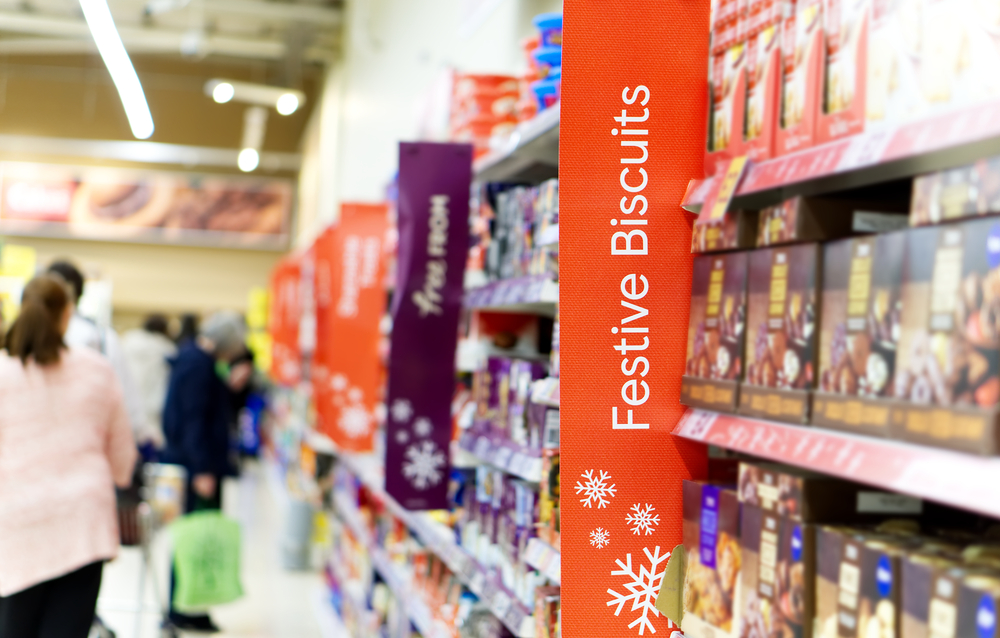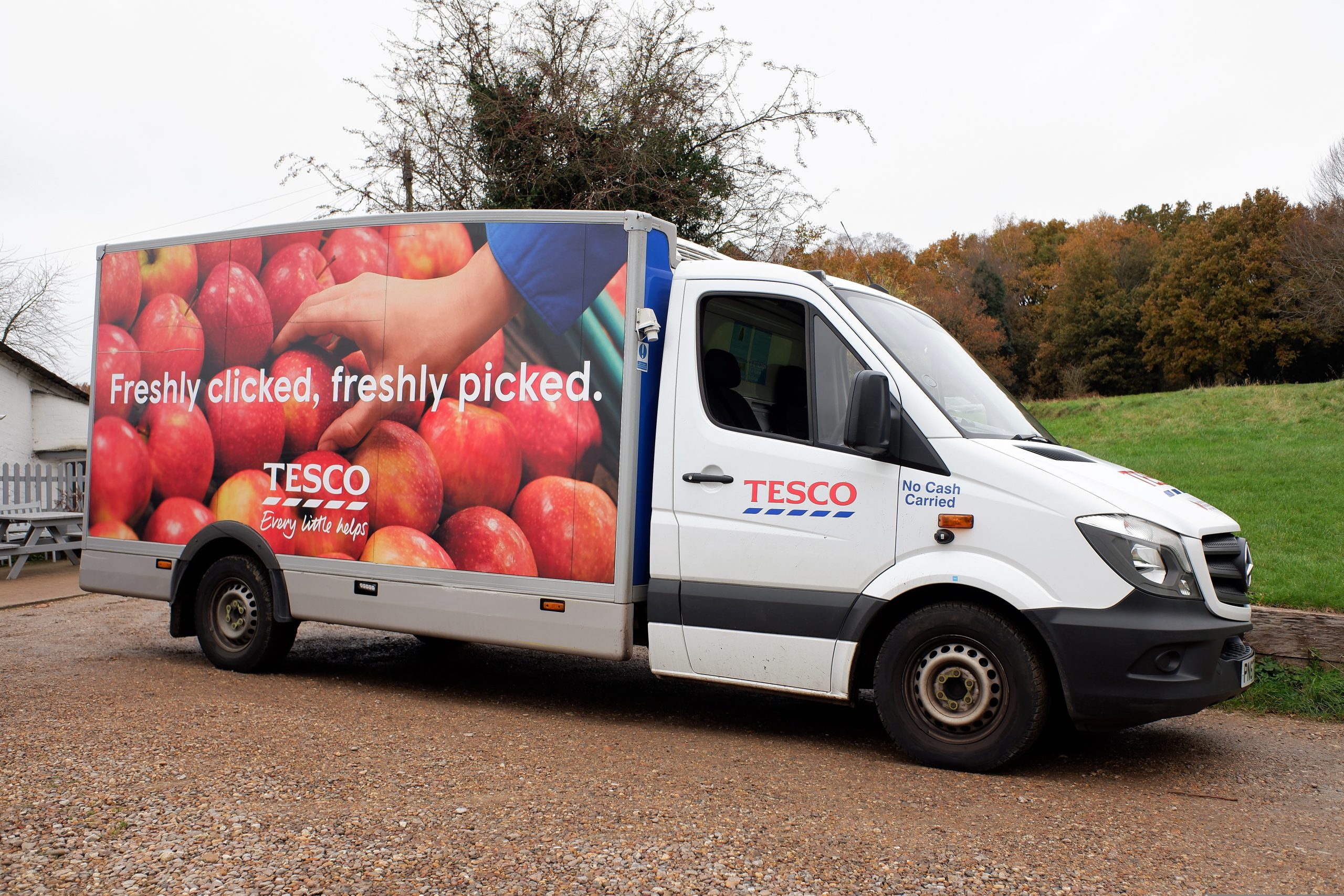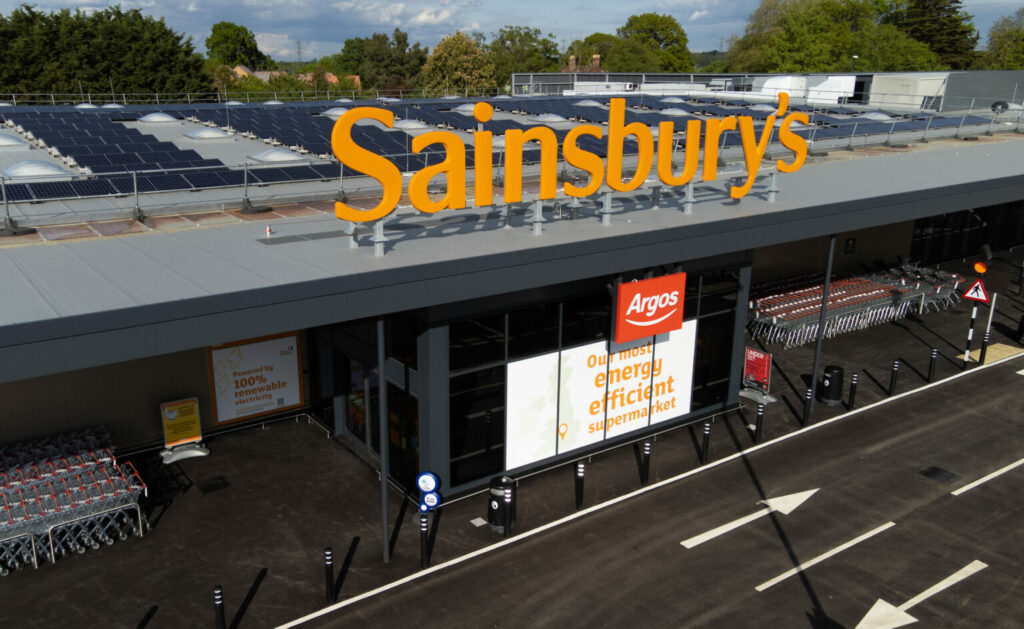Despite the cost-of-living crisis, it was a bumper Christmas for grocery retail, with Kantar figures showing it was the busiest since 2019.
A whopping 488m trips were made to supermarkets during the four weeks to 24 December, 12m more than last year, with the average household splashing out £477 over the month.
Kantar head of retail and consumer insight Fraser McKevitt says: “As we expected, this Christmas was a whopper.
But what were the big trends in grocery this Christmas?
1. Premium brands win over shoppers keen to celebrate

Despite the cost-of-living crisis raging in the background, shoppers wanted to celebrate this Christmas and, when it came to food, treated themselves and their families.
Tesco CEO Ken Murphy says: “You saw people trading up this Christmas, there was definitely a mood of let’s celebrate with the best quality product. Let’s have some fun and be good to ourselves over Christmas after what’s been a reasonably tough year for people.”
As a testament to this, high-end grocer Marks & Spencer led the market on volume growth, as food sales soared 10.5% to £2.3bn and it “served more customers than ever before”.
Supermarket premium own-label brands hit a new high, Kantar reported, with sales of ranges like Sainsbury’s Taste the Difference and Tesco Finest soaring 11.9% compared to 2022, compared to the 6% growth in branded goods.
2. Discounting was rife
Despite an uptick in premium ranges, the cost of living was still on people’s minds, which meant some were looking for a bargain.
Nearly a third of spending in the four weeks to Christmas Eve was made on discounted products – the highest rate since December 2020 – despite grocery price inflation falling 6.7% in December.
NIQ head of retailer and business insight Mike Watkins says: “There was a lot of pressure on discretionary spend and price discounting was deeper and began earlier not just in the non-food channel but also in food retail, where promotions got back to a four-year high at the end of the year.”
Murphy says that Tesco had upped the volume of deals 5% year on year, which he put down to suppliers trying to win back volume.
Meanwhile, illustrating the fact that value was still top of mind for some, Aldi and Lidl were the fastest-growing supermarkets for the period, as sales soared 13.8% and 9.9% during the three months to 25 December.
The German discounters also reached their highest ever market shares for the festive season, with Aldi’s rising to 9.3% and Lidl’s to 7.7%.
3. Range innovation

Grocery range innovation was key for Christmas 2023, according to GlobalData senior retail analyst Eleanor Simpson-Gould.
The analyst says: “Range innovation, particularly for festive treats and party food has taken centre stage for Christmas 2023.
“With food inflation falling to single digits in the last quarter of 2023, leading market players have been on the front foot bolstering Christmas grocery sales with enticing new products for customers looking to spend extra trading into premium ranges.”
Backing this up, Murphy says Tesco invested in over 550 “new and improved festive products” for the season.
Asda launched its first-ever signature flavour – brown butter and spiced dark rum – following extensive trend tracking to ensure it delivered newness and innovation to customers.
As food boards skyrocketed in popularity last year, Asda also launched a cheeseboard and charcuterie grazing platter, while Tesco debuted a Build Your Own Christmas Olive Tree twist, featuring olives and sundried tomatoes arranged in a tower.
4. Loyalty schemes

Loyalty schemes played a big role in Christmas 2023, as the supermarkets battled to win over consumers.
Sainsbury’s CEO Simon Roberts says its Christmas was “powered by Nectar Prices”.
“This was the first purple Christmas with Nectar Prices really powering our value performance. This has been a real game changer, customers have really bought into Nectar,” he says.
“We also had over 6,000 Nectar Prices this Christmas and on an average £80 Christmas shop customers were saving £16 in the Christmas week and that meant those Christmas shops had 90% Nectar participation”
NIQ research also found that loyalty points were playing a “significant role” over the festive period.
Watkins says that over half of shoppers claimed to be looking for personalised loyalty card prices and promotions and 38% cashing in loyalty points saved throughout the year over Christmas.
5. Investment in online capabilities

Christmas 2023 saw the grocery players invest in their online order capabilities to be able to fulfil demand, says Simpson-Gould.
The analyst flags that Tesco, Sainsbury’s and Morrisons opened delivery slots earlier than in 2022 to gauge demand and manage order volumes in advance of the Christmas period.
This was a smart move as cash-conscious shoppers were planning their Christmas shops earlier than ever. Ocado said that 90% of its delivery slots were booked by mid-October.
Simpson-Gould said that online delivery availability was a key focus for shoppers this Christmas, pointing out that Tesco’s UK online sales grew 11.5% in the 19 weeks to 6 January, compared to just 0.2% the year prior.
According to Kantar, online sales across supermarkets nudged up 7.5% compared to last year in the four weeks to 24 December, which after a stagnant couple of years for ecommerce is a good show.
All in all it was a good Christmas for most supermarkets and although there was a danger that shoppers may batten up the hatches in the new year, M&S boss Stuart Machin flags that it has seen “good momentum into January”.
“To be candid our volume outgrew our expectations” he says.
With inflation easing and shoppers budgets hopefully becoming a little less squeezed there are certainly reasons to be cheerful in the grocery sector as we move into 2024.
Click here to sign up to Retail Gazette‘s free daily email newsletter

















